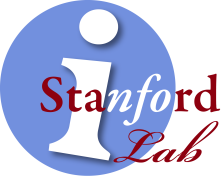Secure Data Science on the Internet of Things
Phil Levis, Stanford University
Abstract
Embedded, networked sensors and actuators are everywhere. They are in engines, monitoring combustion and performance. They are in our shoes and on our wrists, helping us exercise enough and measuring our sleep. They are in our phones, our homes, hospitals, offices, ovens, planes, trains, and automobiles. Their streams of data will improve industry, energy consumption, agriculture, business, and our health. Software processes these streams to provide real-time analytics, insights, and notifications, as well as control and actuate the physical world. The emerging Internet of Things has tremendous potential, but also tremendous dangers. Internet threats today steal credit cards. Internet threats tomorrow will disable home security systems, flood fields, and disrupt hospitals.
The Secure Internet of Things Project (SITP) is a new collaboration between Stanford, UC Berkeley, and the University of Michigan that is part of the Stanford Data Science Initiative. Its goal is to rethink how we design, implement and test the Internet of Things so that it is secure and trustworthy while allowing applications using interesting data science and analytics.
Bio
Philip Alexander Levis is an Associate Professor of Computer Science and Electrical Engineering at Stanford University, where he heads the Stanford Information Networks Group (SING) and directs the Secure Internet of Things Project (SITP). He has a self-destructive aversion to low-hanging fruit and a deep appreciation for excellent engineering.


